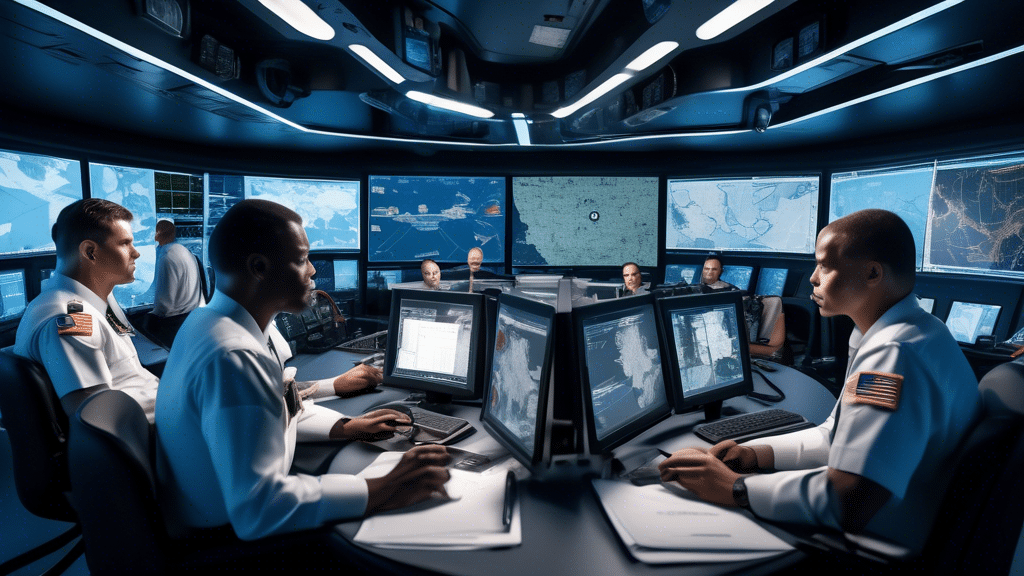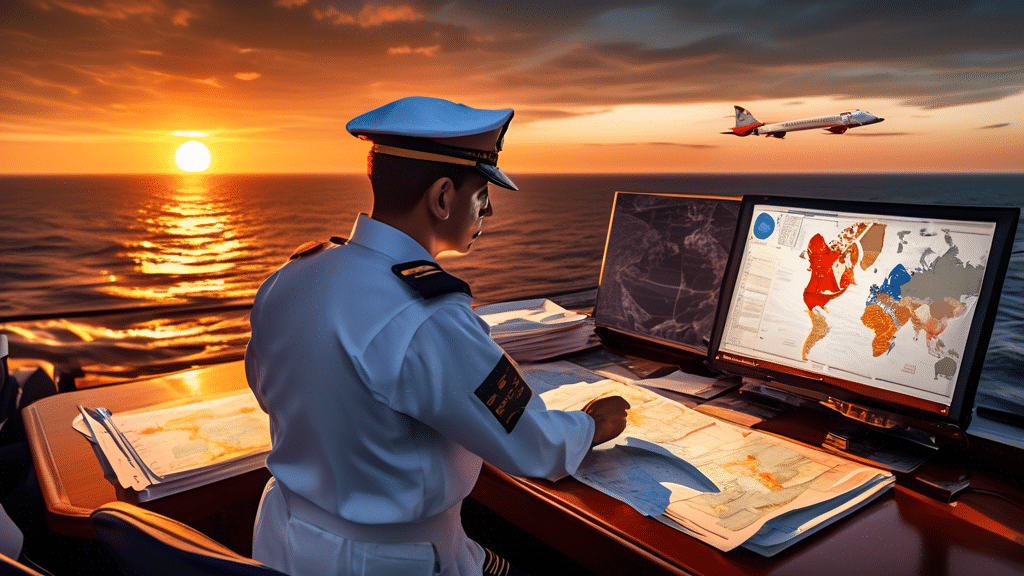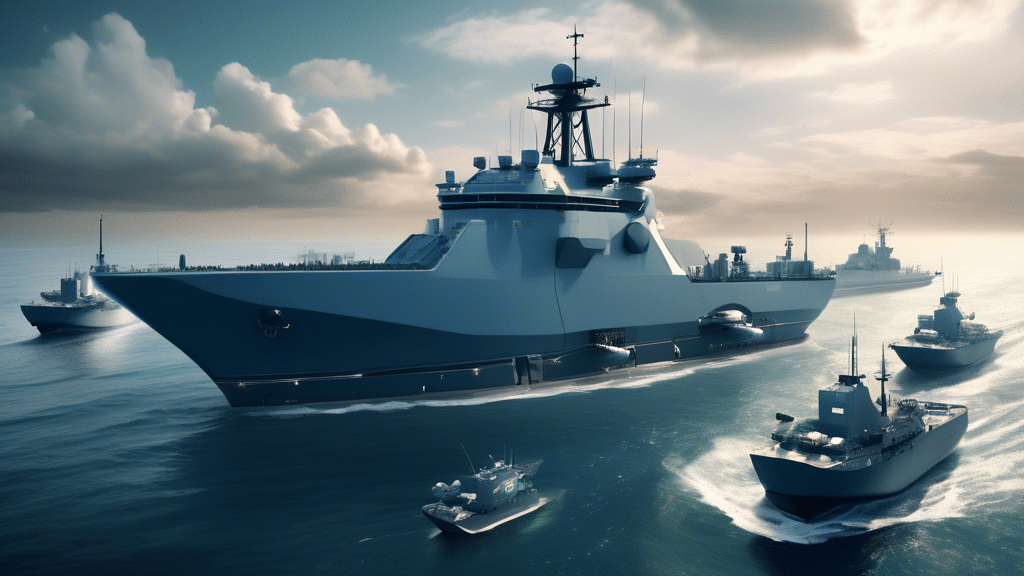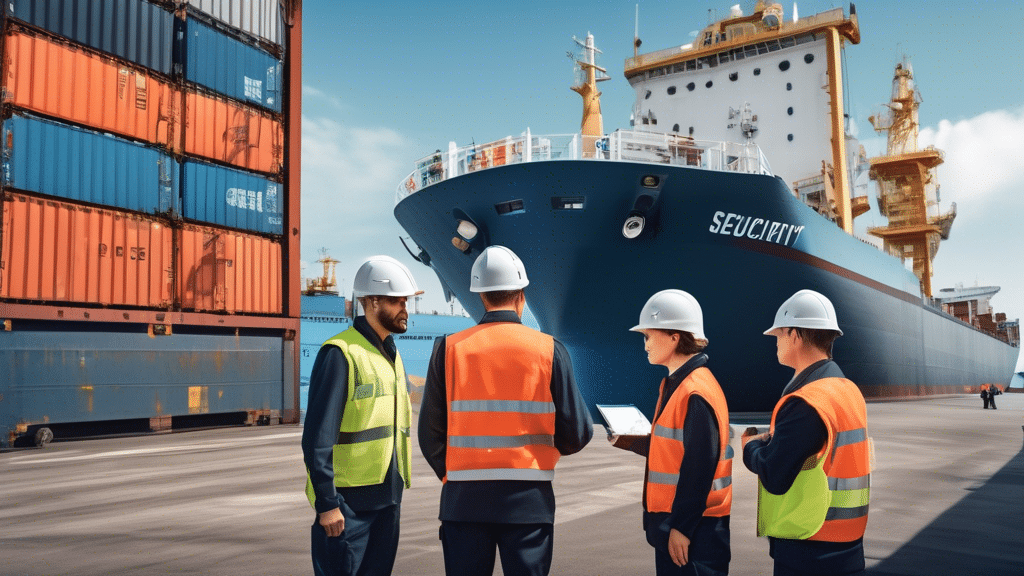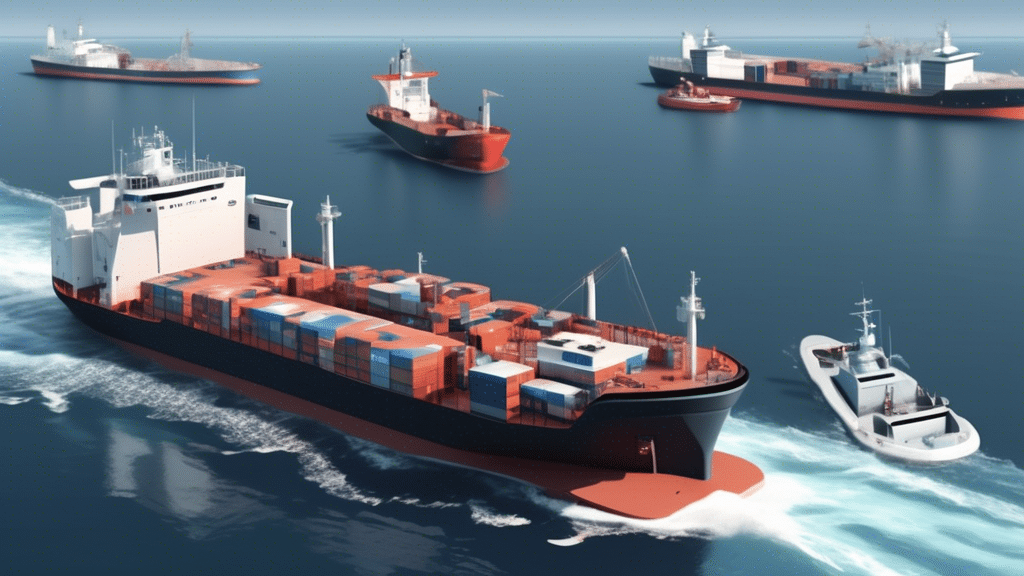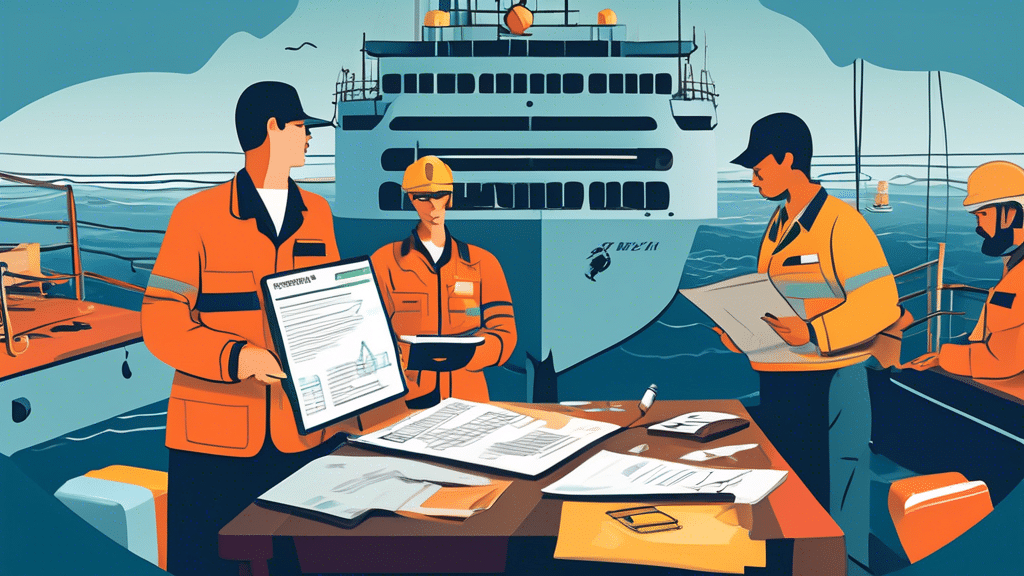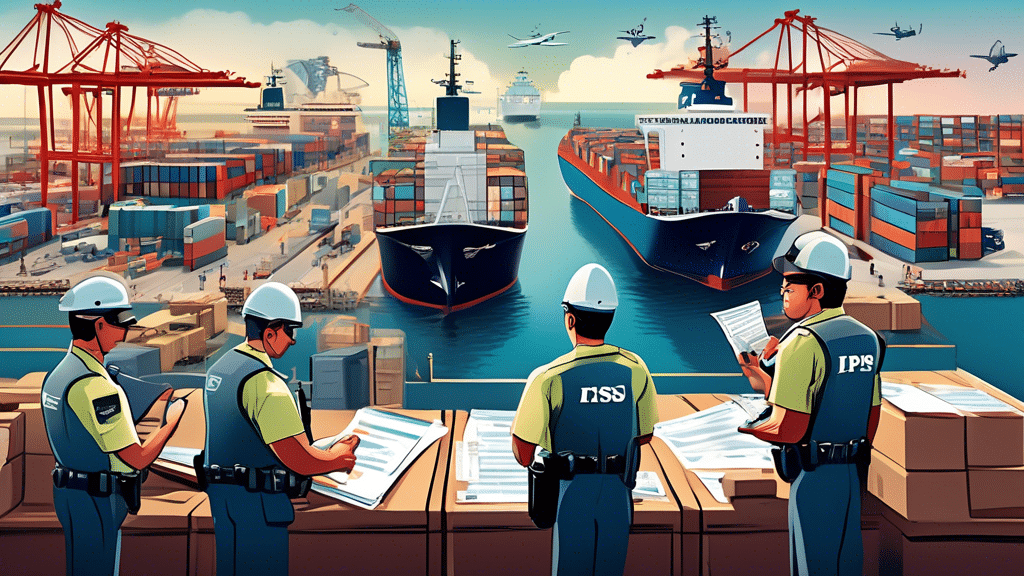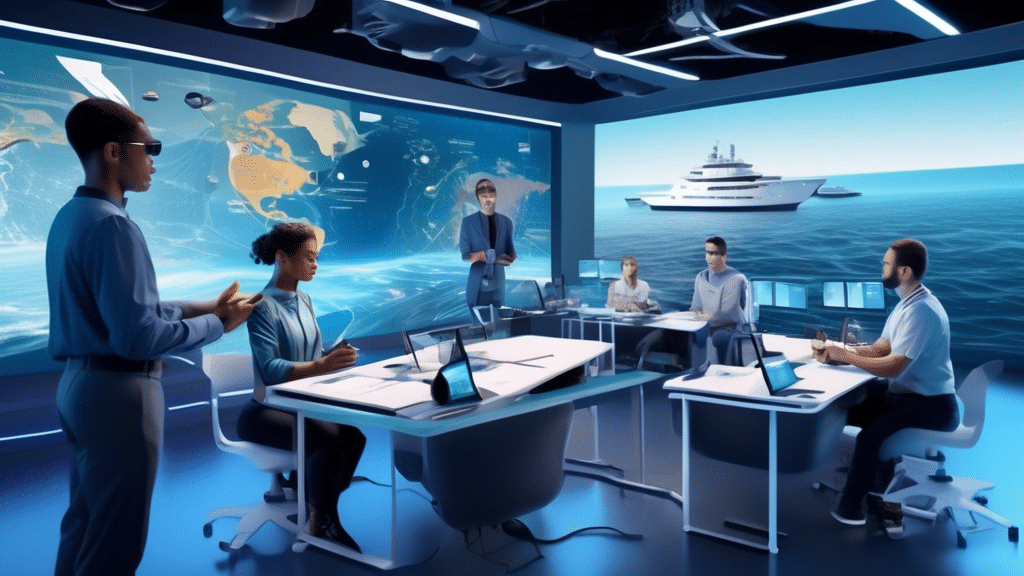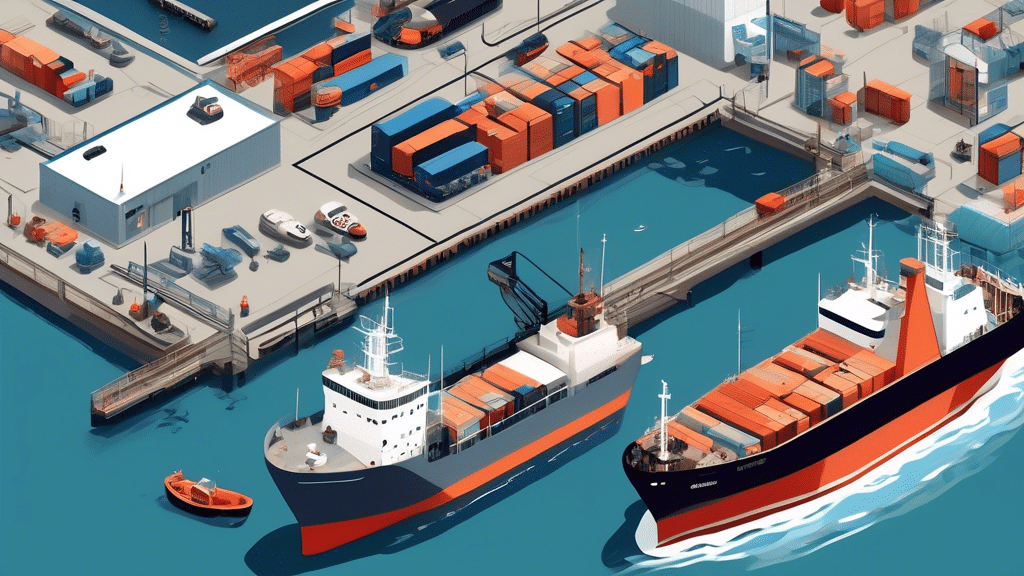Understanding Maritime Security
Maritime security involves the protection of the nation’s maritime sovereignty, territorial integrity, and maritime resources. It encompasses a range of activities aimed at safeguarding seaways, ports, and coastal regions from illicit activities such as terrorism, piracy, trafficking, and illegal fishing. With over 90% of international trade carried by sea, ensuring maritime security is pivotal for global economic stability and national security.
Key Components of Maritime Security Strategy
Developing a robust maritime security strategy requires a comprehensive approach that integrates multiple components and stakeholders. Below are the key elements to consider:
Situational Awareness
Effective maritime security begins with situational awareness. This includes continuous monitoring and information gathering about maritime activities. Technologies such as Automatic Identification Systems (AIS), radar, satellite imagery, and Unmanned Aerial Vehicles (UAVs) play crucial roles in enhancing situational awareness. Collecting and analyzing data from these sources helps in identifying potential threats and responding proactively.
International Collaboration
Threats to maritime security often transcend national boundaries, making international collaboration essential. Countries must work together to share intelligence, conduct joint operations, and establish legal frameworks for combating maritime crimes. Organizations like the International Maritime Organization (IMO) and regional coalitions contribute to fostering cooperation and standardizing maritime security practices.
Legal and Regulatory Frameworks
A robust maritime security strategy requires comprehensive legal and regulatory frameworks. These frameworks should address issues such as vessel registration, port security, and the prosecution of maritime crimes. International conventions like the United Nations Convention on the Law of the Sea (UNCLOS) provide a legal basis for nations to enforce maritime laws and cooperate in security efforts.
Capacity Building and Training
Equipping maritime security forces with the necessary tools and training is vital. This includes providing modern vessels, surveillance systems, and advanced communication equipment. Regular training sessions, exercises, and simulations ensure that personnel are prepared to respond to various maritime threats. Countries can also benefit from capacity-building initiatives supported by international organizations and partner nations.
Cybersecurity
As maritime operations become increasingly digital, cybersecurity has become an integral component of maritime security. Protecting port infrastructure, vessel navigation systems, and communication networks from cyber threats is essential. Implementing cybersecurity protocols, conducting risk assessments, and investing in resilient technologies are steps that can mitigate cyber risks in the maritime domain.
Challenges in Implementing Maritime Security Strategies
While the framework for a robust maritime security strategy is well-defined, implementation poses several challenges:
Resource Limitations
Building and maintaining a resilient maritime security infrastructure requires significant financial and human resources. Many nations, particularly developing ones, may struggle to allocate sufficient resources for comprehensive maritime security measures. International aid and partnerships can alleviate some of these constraints.
Geopolitical Tensions
Geopolitical dynamics can influence maritime security efforts. Territorial disputes, political instability, and regional conflicts can hamper cooperation among nations. Diplomatic negotiations and conflict resolution mechanisms are necessary to navigate these complexities.
Evolving Threats
The maritime security landscape is constantly evolving, with new threats emerging regularly. From sophisticated piracy operations to technologically advanced cyber-attacks, staying ahead of these evolving threats requires continuous adaptability and innovation in security measures.
Developing a robust maritime security strategy is crucial for safeguarding the global maritime domain. By enhancing situational awareness, fostering international collaboration, establishing robust legal frameworks, building capacity, and addressing cybersecurity concerns, nations can create resilient defense mechanisms against maritime threats. Despite the challenges, a comprehensive and adaptive approach can fortify maritime security and ensure the safety and prosperity of maritime activities worldwide.


